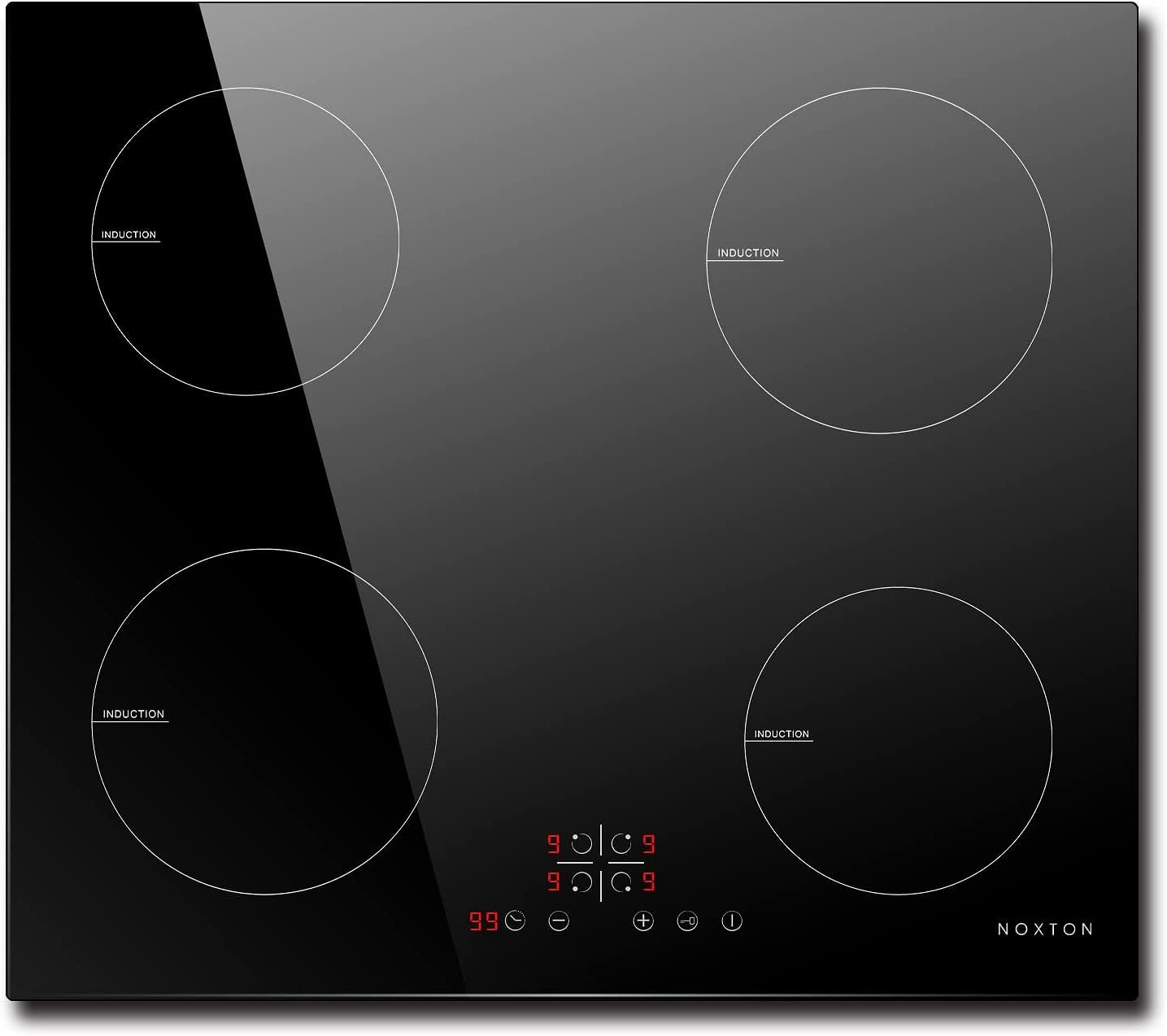Sizzle and Simmer: Embarking on a Journey of Stove-Based Culinary Creativity
Induction cooktops use electromagnetic currents to directly heat pots and pans, which reduces energy waste. They also cool down quickly and clean up easily since the cooktop surface only gets hot when your pan does.
You will need to have suitable cookware for induction cooking. Look for a magnetic base on your cookware to make sure it will work with the induction hob.
Heat retention hob
A copper coil is housed under the glass stovetop, which when powered on creates electromagnetic energy. When a pot or pan is placed on the burner, that electromagnetic energy turns into heat. This is more efficient than gas cooking, because only the area of the burner that covers the pot or pan heats up—the rest of the glass cooktop stays cool to the touch.
It’s also more safe. There’s no open flame and it doesn’t emit gas into the air, so it’s great for kitchens with young children. It’s also easy to clean because it only heats the bottom of the cookware and any spills won’t have a chance to burn onto the surface.
However, to use an induction cooktop, you’ll need a certain type of bep tu munchen cookware. It must be made of ferromagnetic material or have a layer of magnetic metal on it to attract and concentrate the electromagnetic energy. Cast iron, enameled and some stainless steel pans will work, but aluminum, ceramic or copper won’t. You can test your cookware by sticking a magnet to it; if it sticks, it’s induction-compatible. If not, you’ll need to purchase new cookware for your induction stove.
Variable temperature control
Induction stoves use electromagnetism to heat pots and pans, not thermal conduction. When you turn on the burner, a coil of metal generates a magnetic field that reacts with the cookware itself to generate the electric current that makes it hot. The cooktop surface itself stays cool, making it safer to touch if you burn your finger or have an accident.
However, you will need to purchase cookware that’s compatible with induction cooking. Most newer pots and pans are made to be induction-safe, but you should check older ones to make sure they can be used on an induction cooktop. They must have a flat bottom and be at least 6” in diameter to interact with the magnetic field properly.
If you’re thinking about switching to an induction cooktop, consider getting a home warranty plan from American Home Shield to protect your investment. This type of plan covers repairs to a wide variety of kitchen appliances, including stoves and cooktops. Learn more about our affordable plans today!
Rapid response hob
If you’re considering a full kitchen remodel or are planning to upgrade your stove, you might want to consider induction. This popular cooking trend offers multiple benefits over gas and electric stoves, including faster heating, more precise temperature control and easy clean-up. It also uses a smaller amount of energy than traditional cooktops and won’t release any gas into the air.
Induction cooktops have a heat-proof glass-ceramic surface, which doesn’t get scorching hot like traditional stoves. They also offer a sleek, attractive design and can display recipes or entertainment on the surface of the stove. At the Consumer Electronics Show, we even saw prototypes that could change to show live weather reports or a changing scene.
Induction cooktops use electromagnetic energy to heat pans, which saves time by eliminating the step of transferring heat from the coil to the pan. The magnetic field also doesn’t cause the coil to burn if the pan is removed. This is possible because the copper coil is made from litz wire, which is a bundle of many smaller insulated wires woven together in parallel. This design reduces skin effect and coil resistance, which is why induction cooktops are typically much more efficient than gas or electric models. This is the same type of technology used in electric cars to reduce their emissions.


